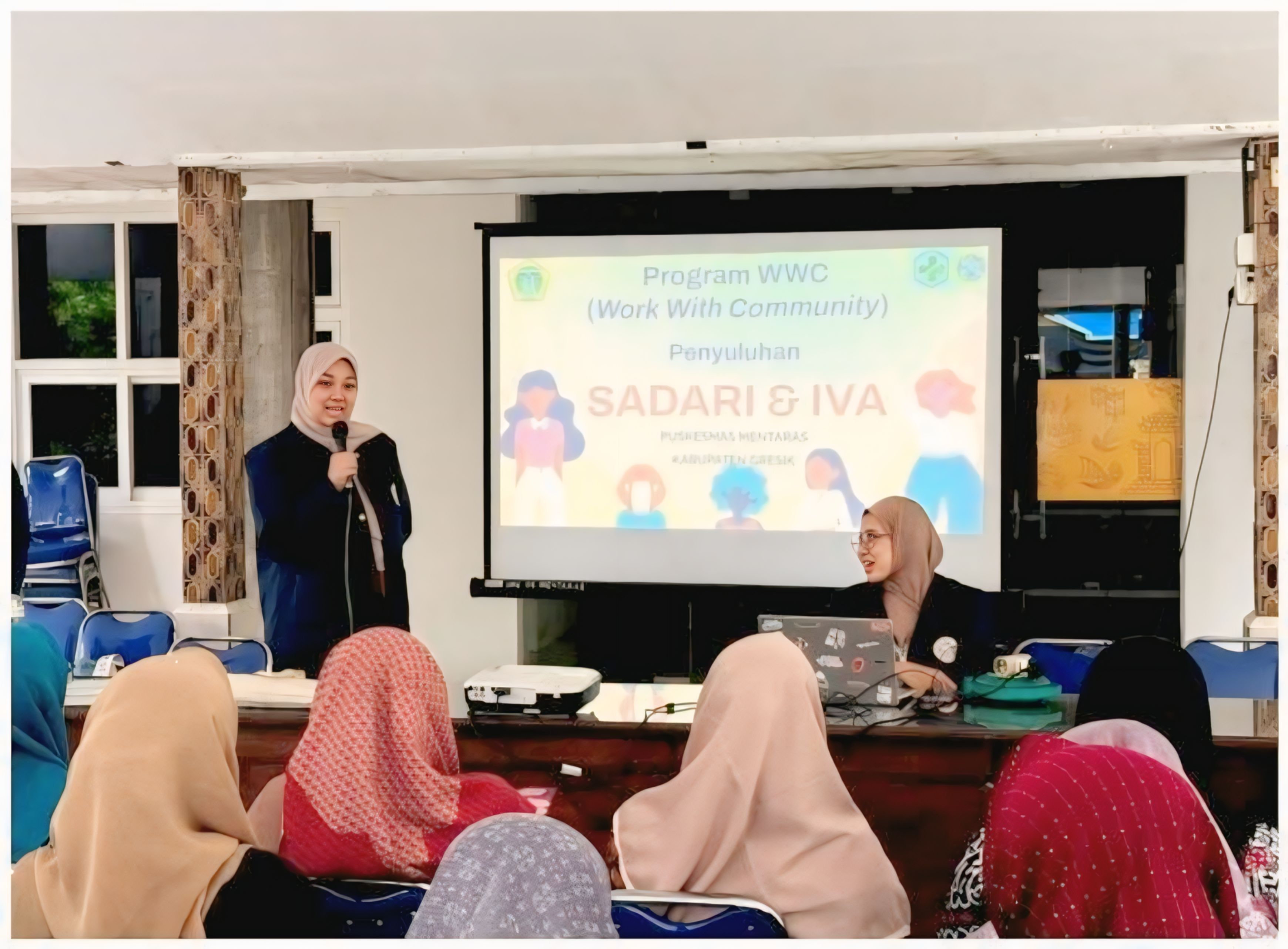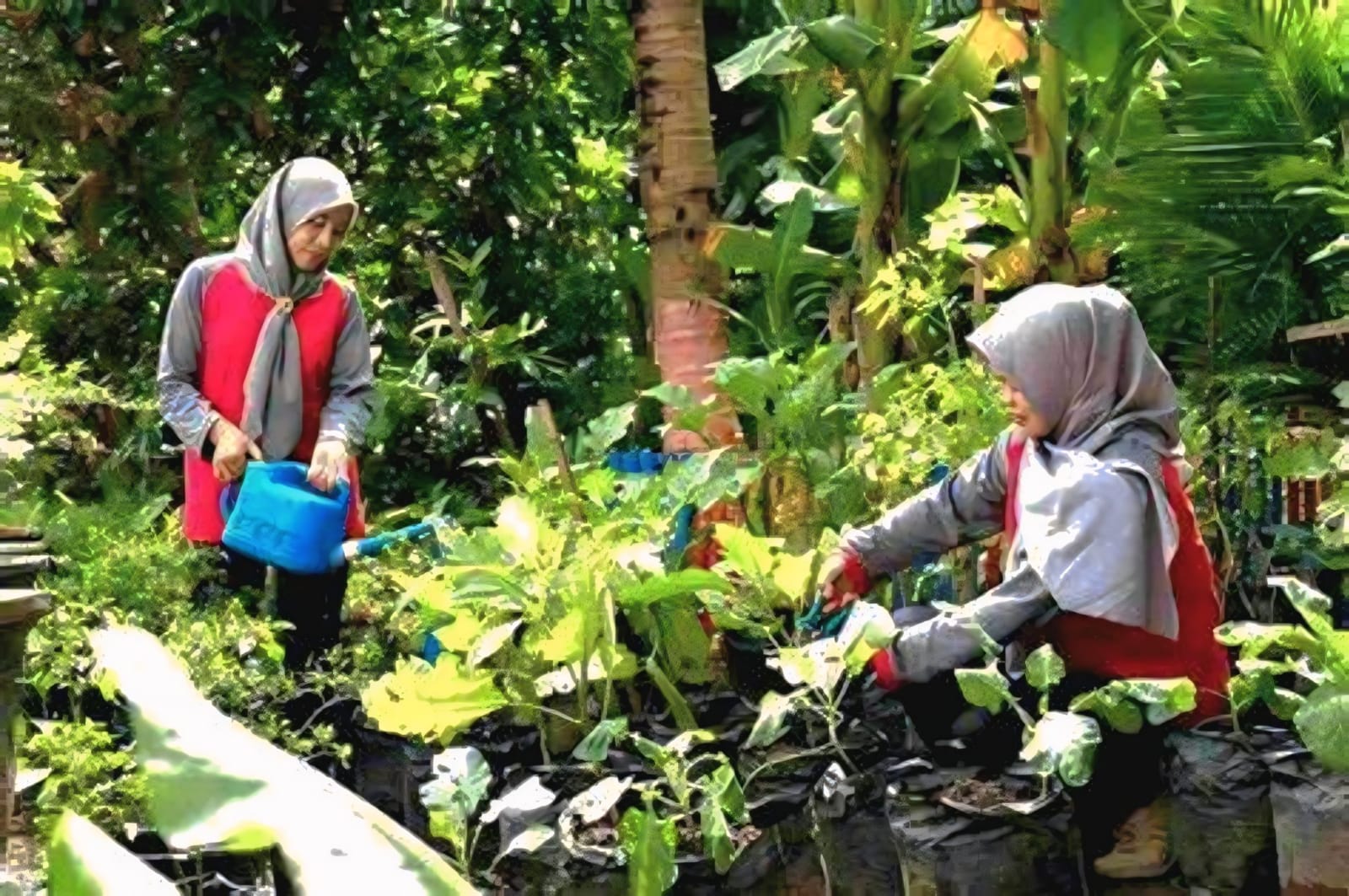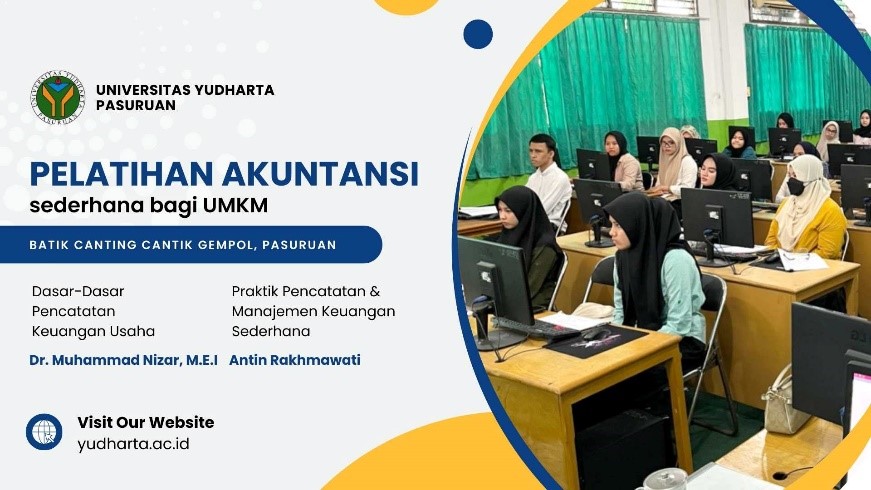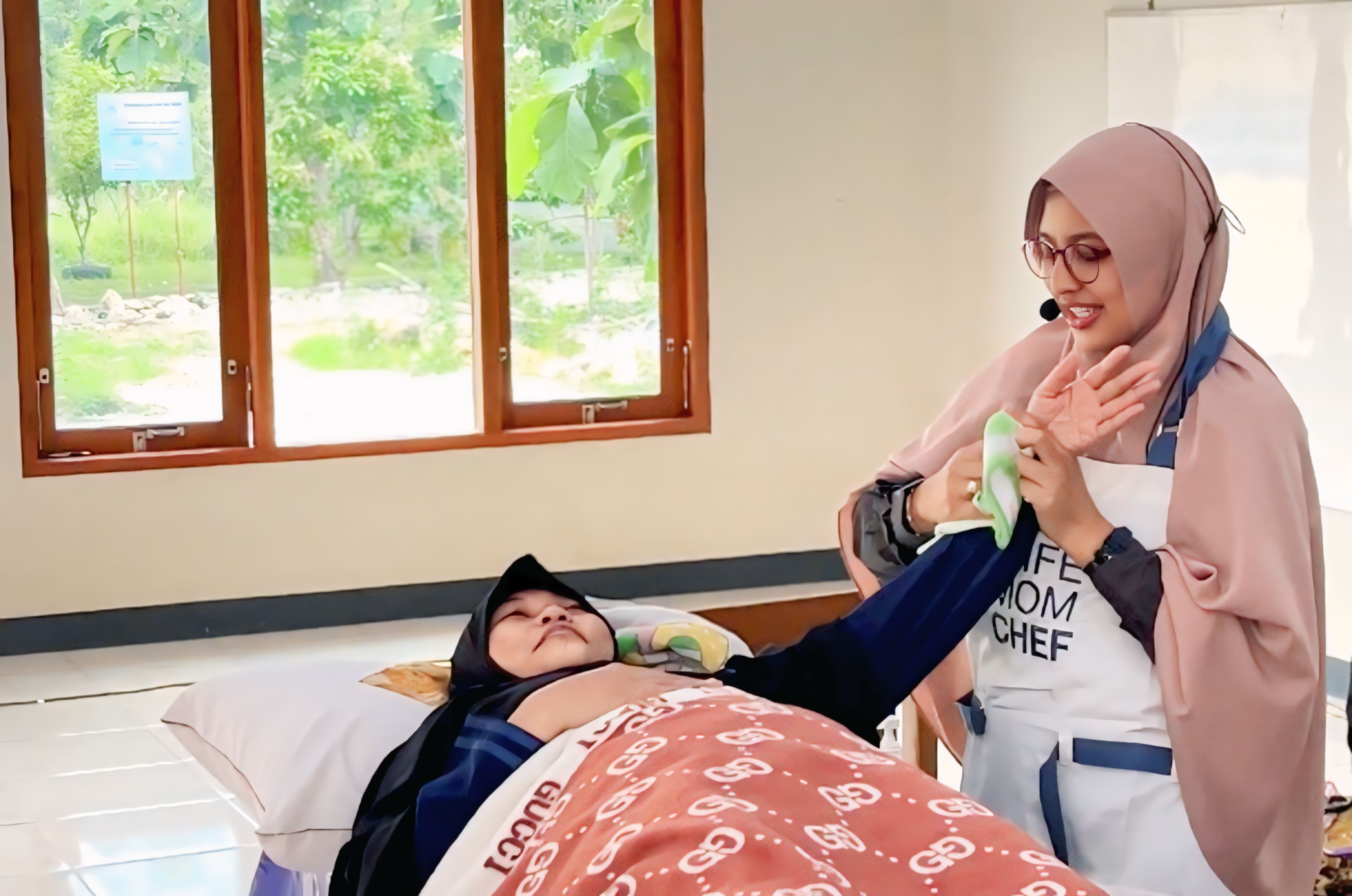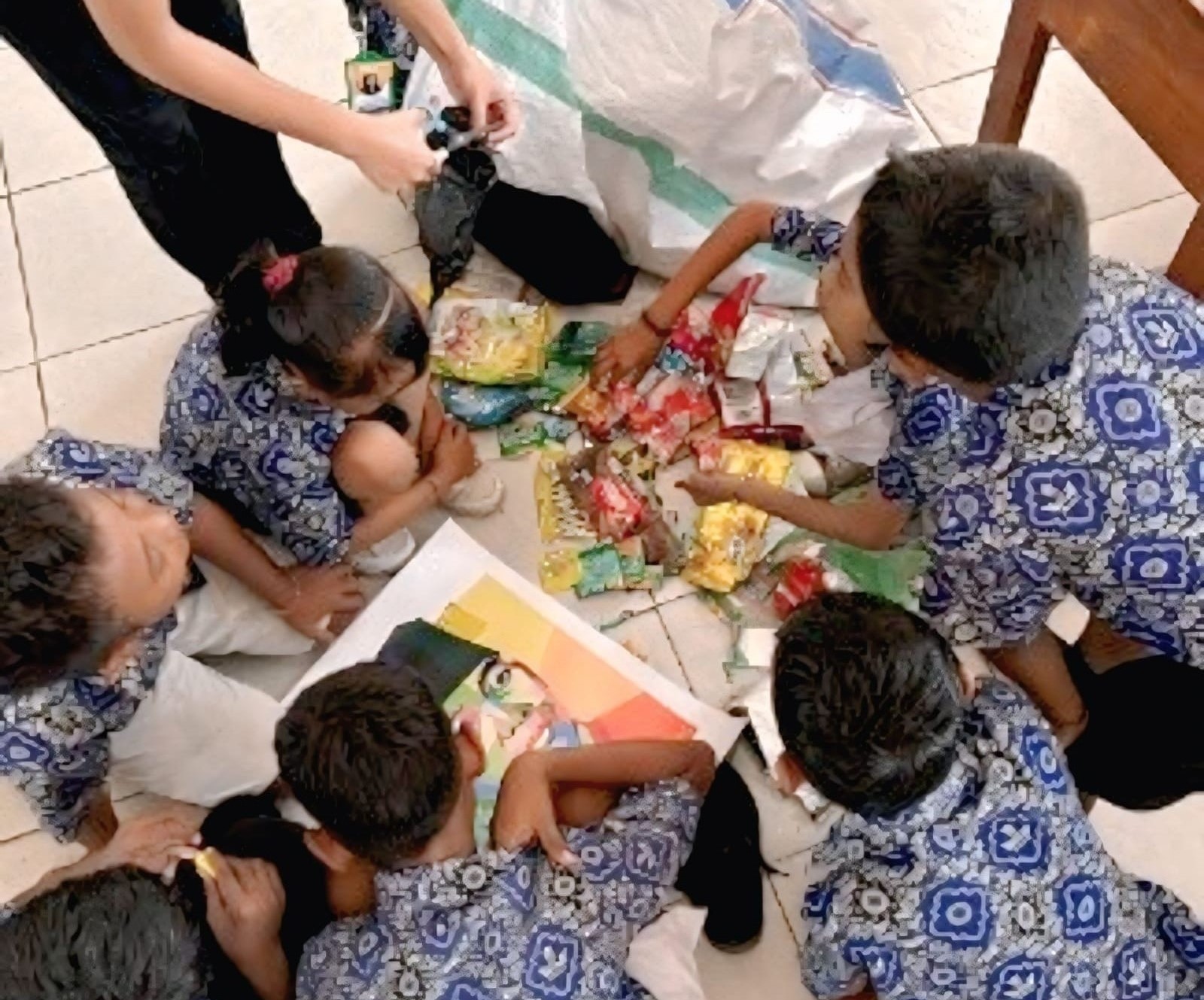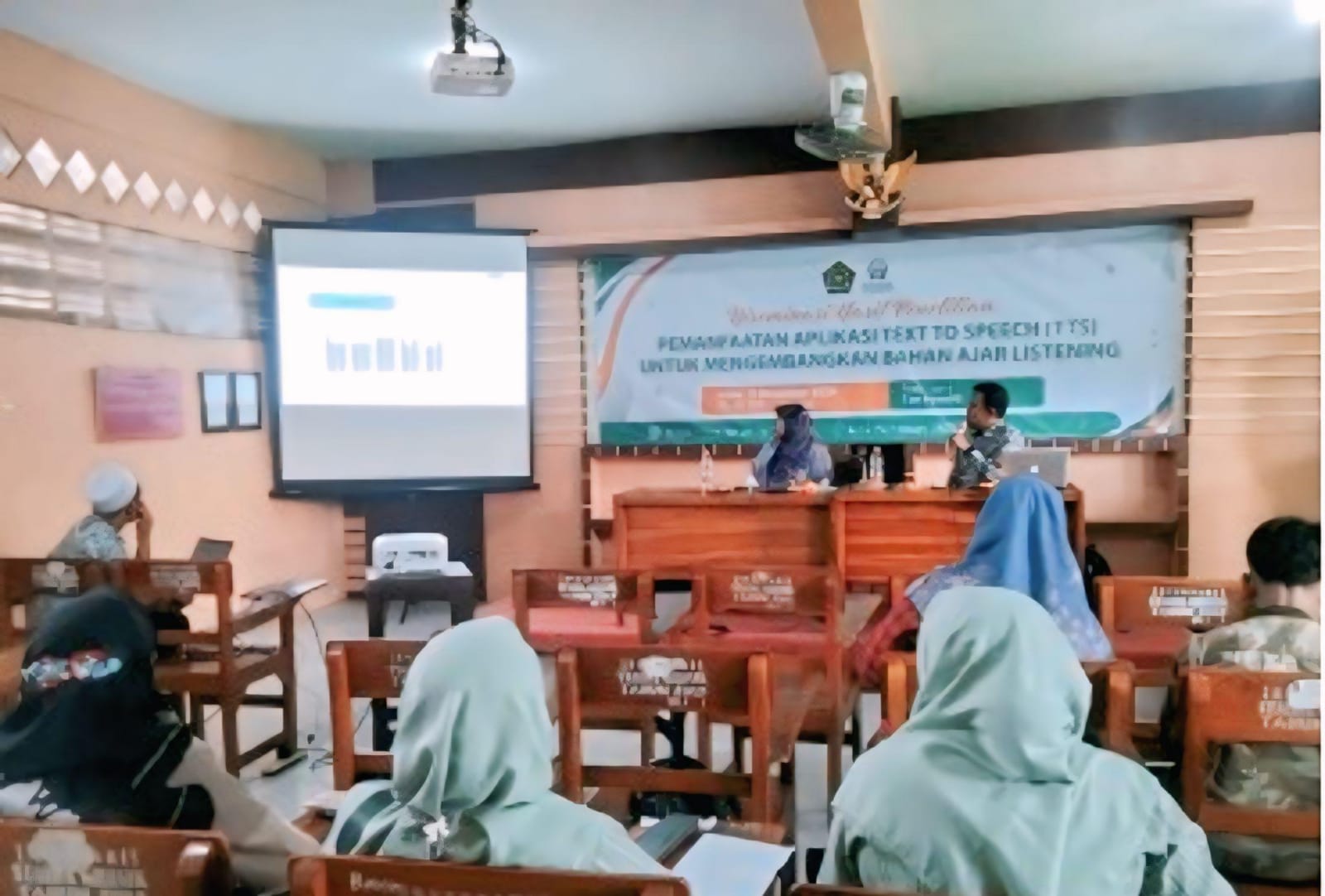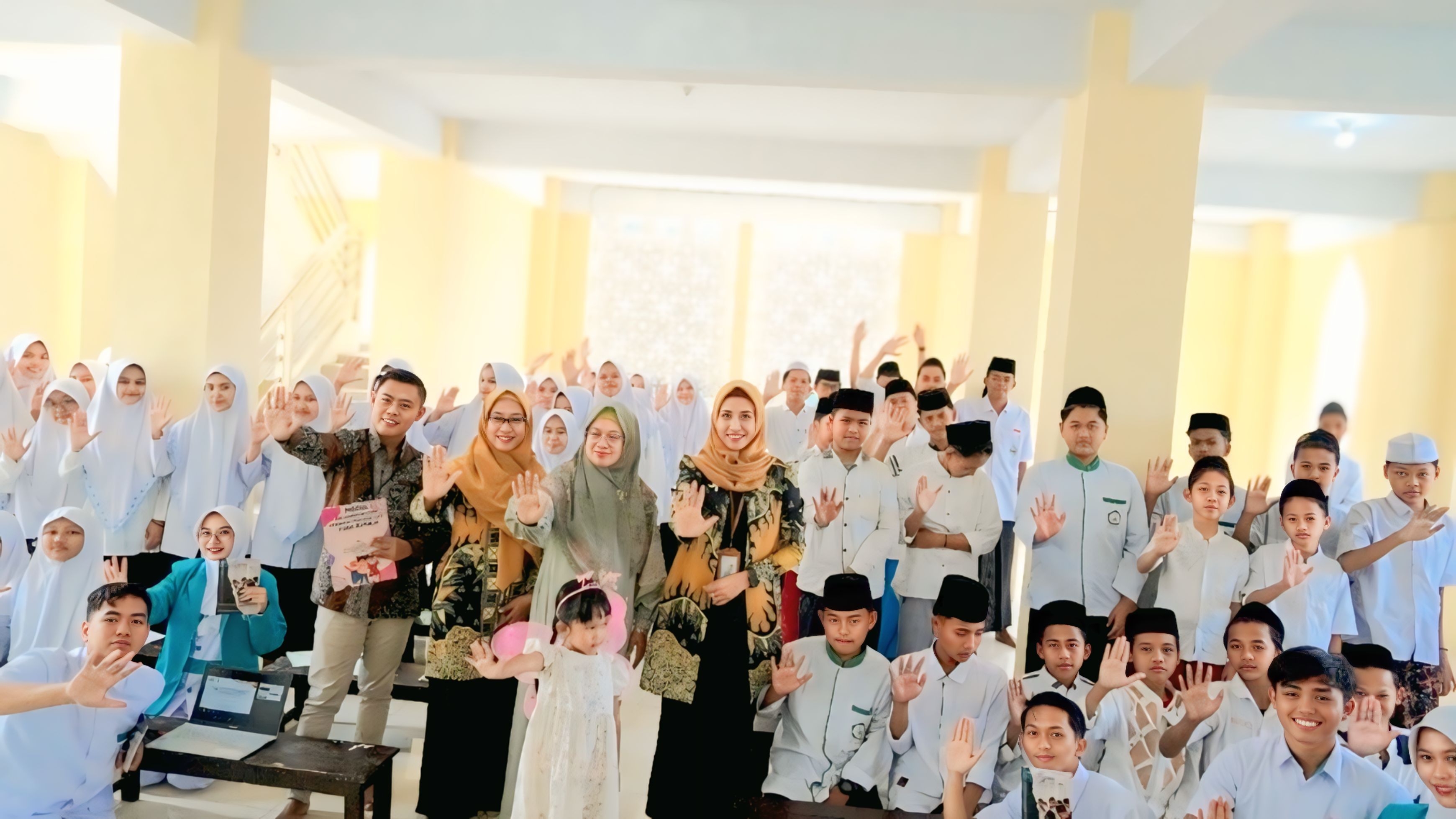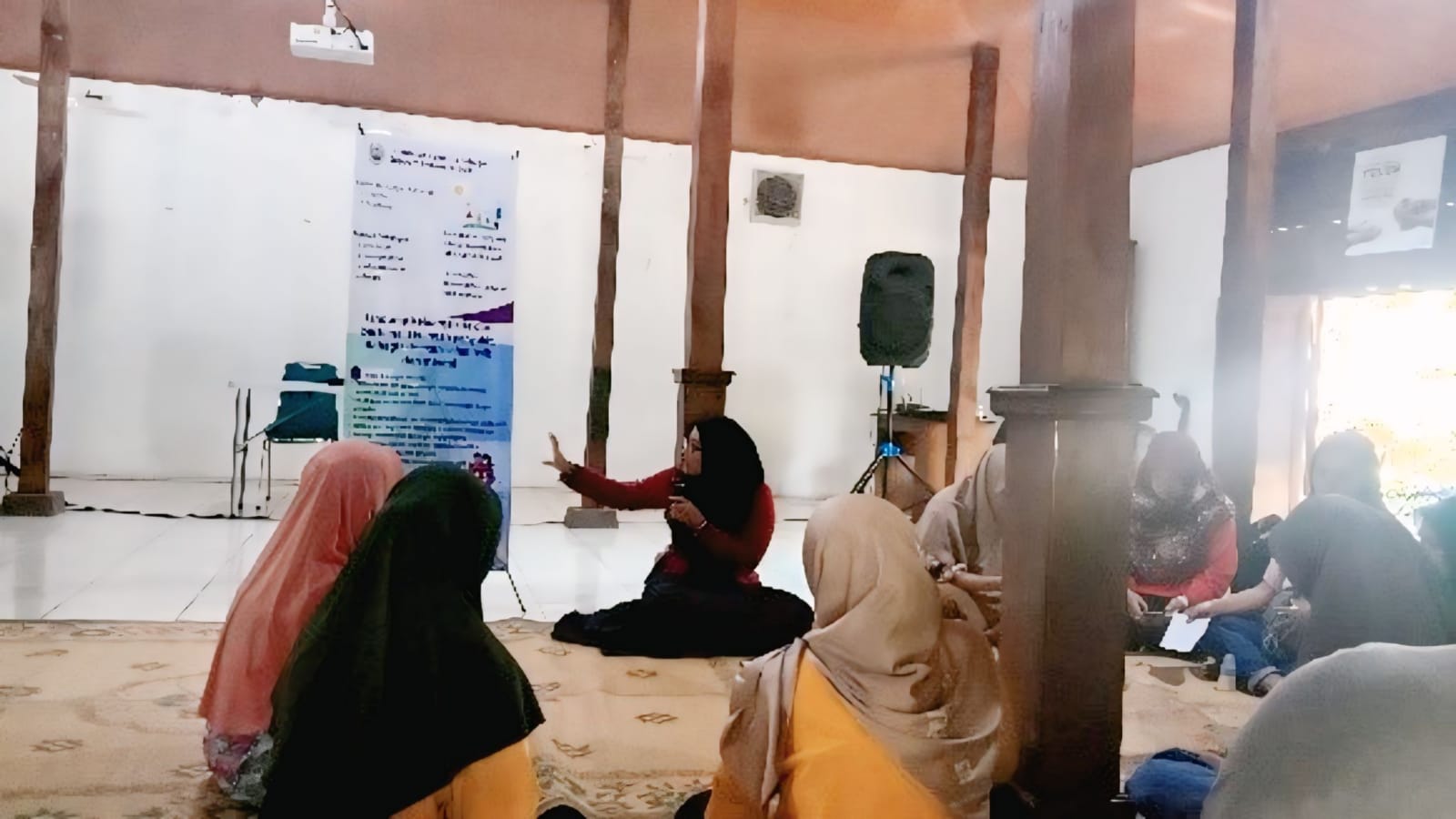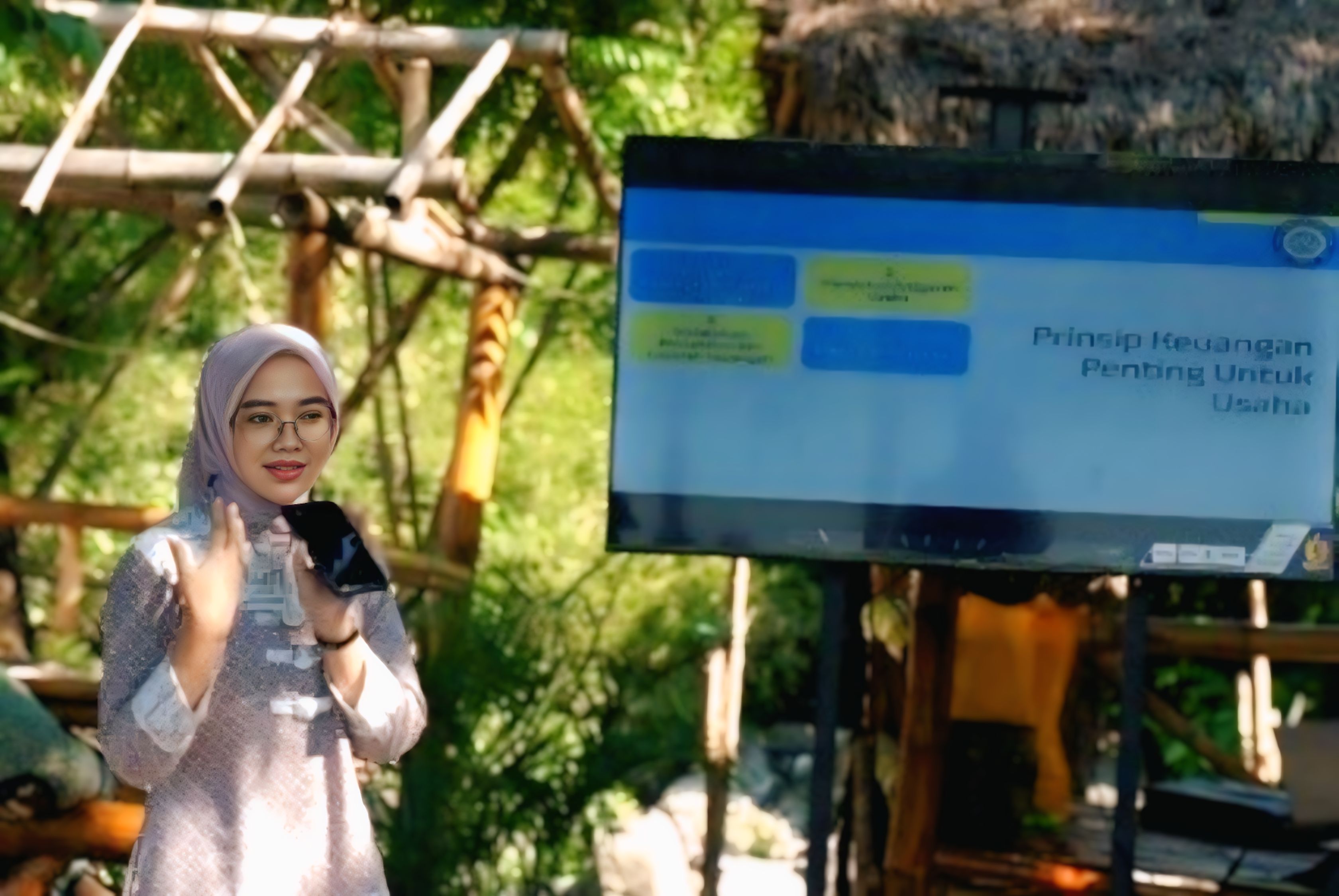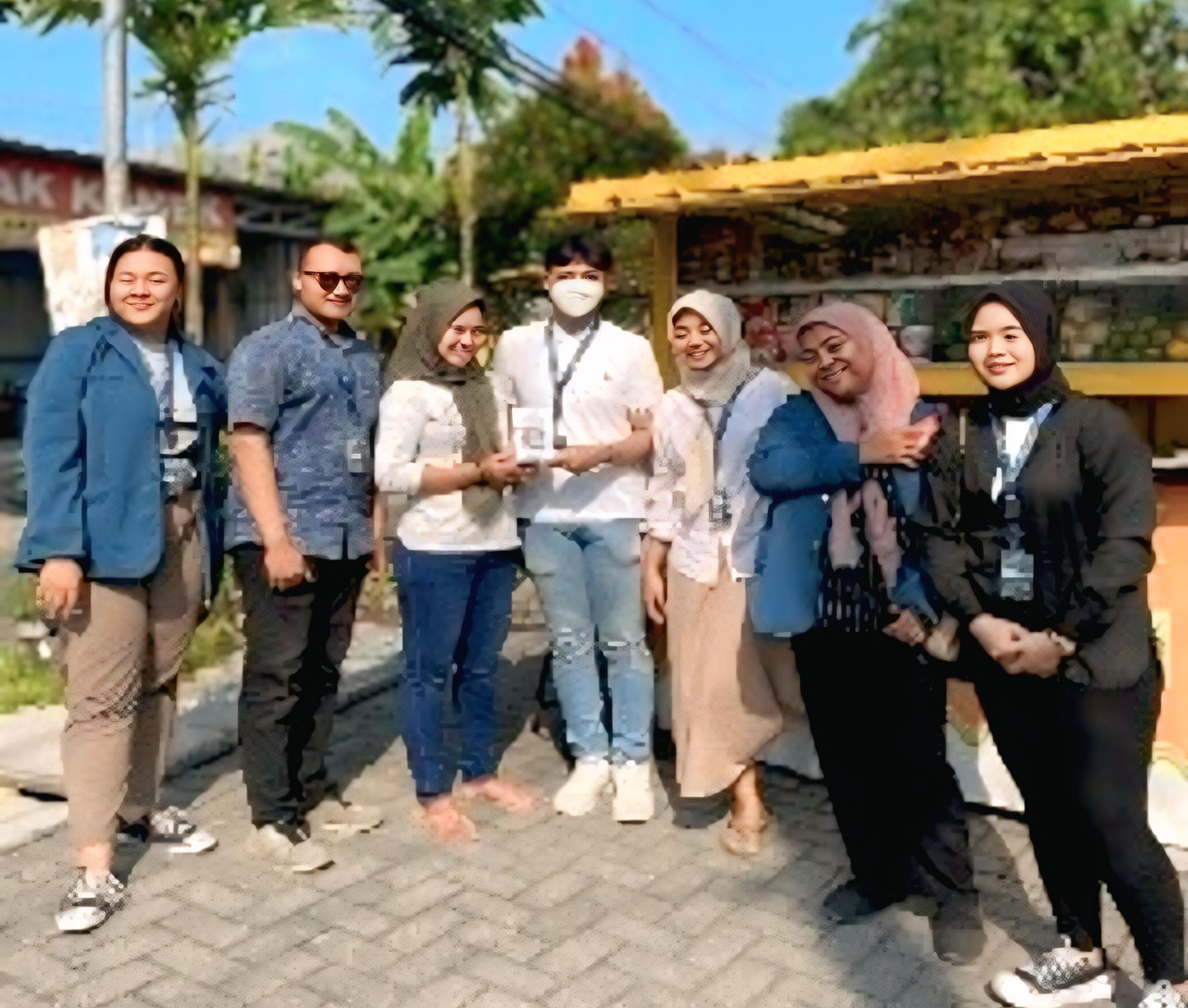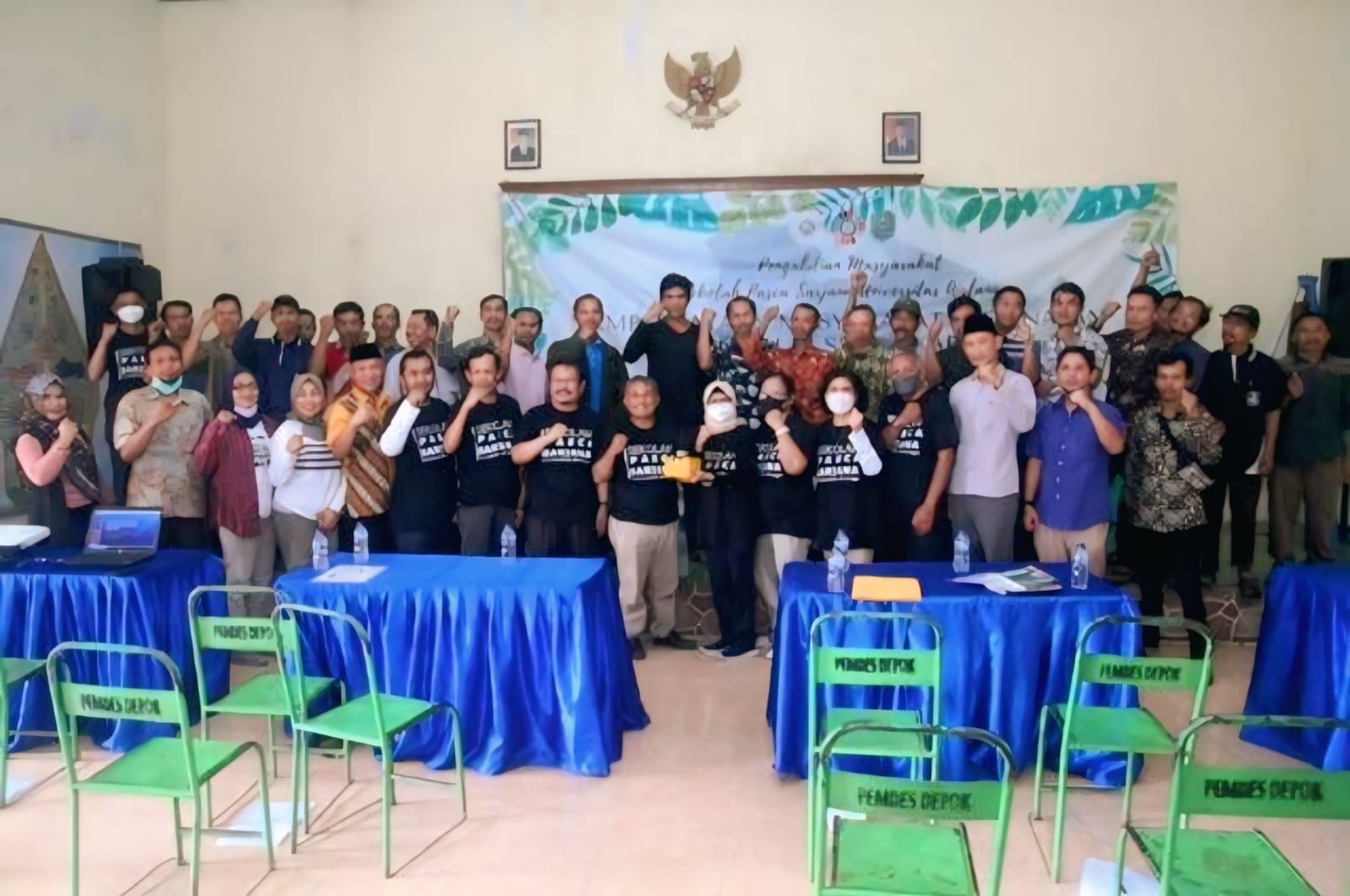SOCIALIZATION AND TOURISM AWARENESS TRAINING FOR MANAGERS AND RESIDENTS OF COMMUNITIES AROUND AROSBAYA CRETACEOUS TOURISM OBJECT MADURA
Downloads
Anonim. 2012. Statistik Pariwisata Indonesia. Jakarta: Kementrian Pariwisata dan Ekonomi Kreatif.
Anonim, Pariwisata Jawa Timur dalam Angka (Surabaya : Dinas Pariwisata Propinsi Jawa Timur, 2007).
BPS, 2014, Provinsi Jawa Timur dalam Angka Tahun 2014, Badan Pusat Statistik Jawa Timur. Available from: http://www.bps.go.id/. Diakses pada 13 September 2019.
Pemerintah Indonesia. 2009. Undang-Undang Republik Indonesia Nomor 10 Tahun 2009 tentang Kepariwisataan. Jakarta: Sekretariat Negara.
Prihtiyani, E. 2012. Pertumbuhan Pariwisata Selalu Di Atas Pertumbuhan Ekonomi (The Growth Of Tourism Always Surpasses Economic Growth). Kompas. Available from: http://travel.kompas.com. Diakses pada 10 Oktober 2019
- The Author(s) hold the copyright of the article without restrictions
- Darmabakti Cendekia allows the author(s) to retain publishing rights without restrictions.
- The legal formal aspect of journal publication accessibility refers to Creative Commons Atribution-Non Commercial-Share Alike 4.0 (CC BY-NC-SA), implies that publication can be used for non-commercial purposes in its original form.
























